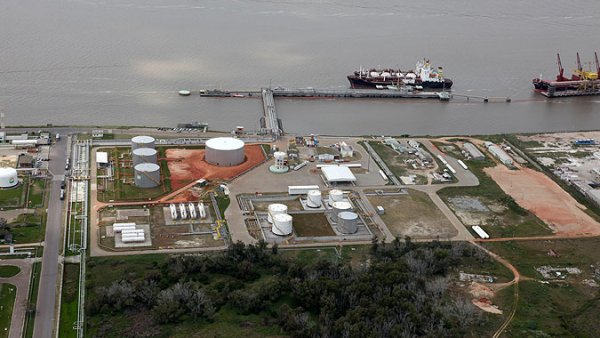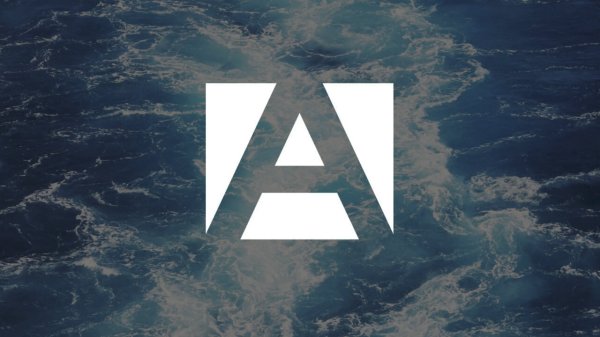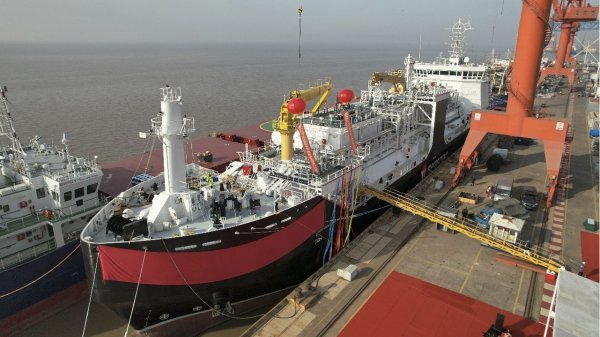GS Caltex boosts Bunker C processing capacity
South Korean refiner raises refining capacity thanks to improved technologies.
South Korean refining company and marine bunker supplier GS Caltex has announced that it has raised its daily heavy fuel refining capacity by 8,000 barrels thanks to improved processing technologies.
The country's second largest refiner increased its daily heavy oil processing capacity from 145,000 barrels to 153,000 barrels due to the improved operational technologies of its two plants that process heavy oil into transportation fuels, the company said in a statement.
GS Caltex has crude oil refining facilities with a total capacity of 770,000 barrels a day, providing a regular supply of oil products to South Korea. Its Residue Fluid Catalytic Cracking Units are able to crack Bunker C oil to produce high-valued products such as gasoline, kerosene, and diesel. The company also has advanced facilities to desulfurize 190,000 barrels of kerosene and diesel a day.
GS Caltex is also a major Korean supplier of light, middle products & fuel oil to domestic and overseas customers. It accounts for a large precentage of the fuel oil market in Korea and has bunkering operations at every main port in Korea including Busan, Incheon, Yeosu, Ulsan, Pyeongtaek, Gunsan, Kojung, Samchunpo, and Donghae.
The country's second largest refiner increased its daily heavy oil processing capacity from 145,000 barrels to 153,000 barrels due to the improved operational technologies of its two plants that process heavy oil into transportation fuels, the company said in a statement.
GS Caltex has crude oil refining facilities with a total capacity of 770,000 barrels a day, providing a regular supply of oil products to South Korea. Its Residue Fluid Catalytic Cracking Units are able to crack Bunker C oil to produce high-valued products such as gasoline, kerosene, and diesel. The company also has advanced facilities to desulfurize 190,000 barrels of kerosene and diesel a day.
GS Caltex is also a major Korean supplier of light, middle products & fuel oil to domestic and overseas customers. It accounts for a large precentage of the fuel oil market in Korea and has bunkering operations at every main port in Korea including Busan, Incheon, Yeosu, Ulsan, Pyeongtaek, Gunsan, Kojung, Samchunpo, and Donghae.

|
IMO approves pricing mechanism based on GHG intensity thresholds
Charges to be levied on ships that do not meet yearly GHG fuel intensity reduction targets. |
|
|
|
||

|
VARO Energy expands renewable portfolio with Preem acquisition
All-cash transaction expected to complete in the latter half of 2025. |
|
|
|
||

|
NYK trials biofuel in milestone coal carrier test
Vessel is used to test biofuel for domestic utility company. |
|
|
|
||

|
H-Line Shipping orders LNG bunkering vessel
Vessel with 18,000-cbm capacity to run on both LNG and MDO. |
|
|
|
||

|
How to engineer and manage green shipping fuels | Stanley George, VPS
Effective management strategies and insights for evolving fuel use. |
|
|
|
||

|
Swedish government bans scrubber wastewater discharges
Discharges from open-loop scrubbers to be prohibited in Swedish waters from July 2025. |
|
|
|
||

|
MAN Energy Solutions achieves 100% load milestone for ammonia engine
Latest tests validate fuel injection system throughout the entire load curve. |
|
|
|
||

|
Petrobras secures ISCC EU RED certification for B24 biofuel blend at Rio Grande
Blend consisting of 24% FAME is said to have been rigorously tested to meet international standards. |
|
|
|
||

|
Stolt-Nielsen to fully control Avenir LNG with acquisition
Share purchase agreement to buy all shares from Golar LNG and Aequitas. |
|
|
|
||

|
Bureau Veritas supports launch of CIMC SOE's LNG bunkering vessel
Handover of Seaspan Energy's cutting-edge 7,600-cbm vessel completed. |
|
|
|
||
Related Links
- · South Korea to reduce import tariff on fuel oil [Insights]
-
· GS Caltex Corp. [Directory]
- · Republic of Korea [Directory]

